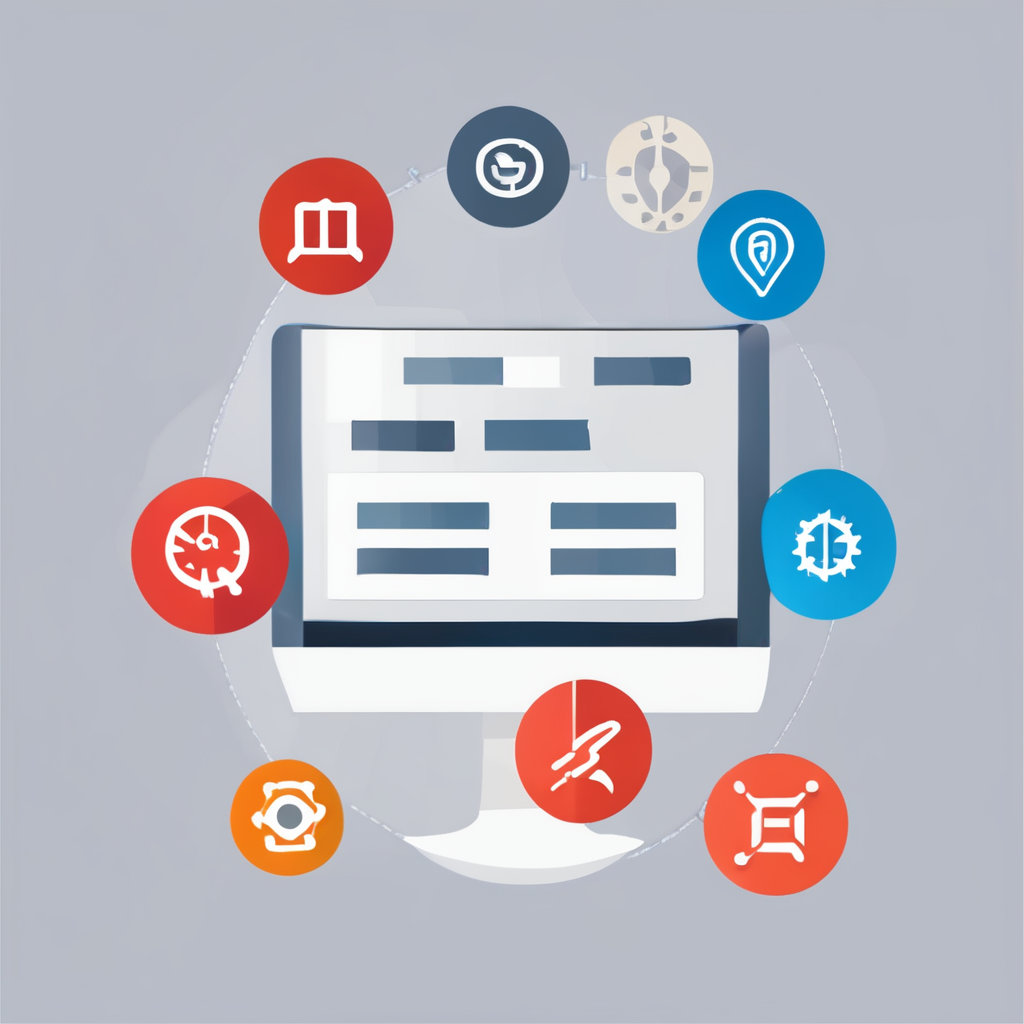AI personal assistants are transforming how we manage tasks, schedule, and communicate. By automating routine activities and offering tailored support, they free up time and reduce stress. Understanding their features and practical uses helps you choose the right tool and unlock new levels of productivity today.
Overview of AI Personal Assistants and Their Capabilities
AI personal assistants have advanced from simple voice commands to comprehensive productivity tools that streamline daily tasks. These intelligent systems now handle scheduling, reminder management, and email handling, greatly reducing manual effort. Tools like https://www.marblism.com/ai-employees/eva exemplify this evolution, offering auto-scheduling, email categorization, and meeting coordination.
Also read : Unlocking sustainable innovation with plm software
Understanding differences among popular options is vital for workflow optimization. For example, Eva manages inboxes efficiently and adapts to user preferences, making it suitable for busy professionals. In contrast, existing assistants like Siri or Alexa focus on smart home integration or voice commands.
These AI-driven solutions integrate machine learning and natural language processing to better anticipate user needs. As a result, users experience increased productivity, minimized scheduling conflicts, and more time savings. Exploring diverse options enables tailored productivity enhancements in both personal and professional settings. You can view more details on this page: https://www.marblism.com/ai-employees/eva
Also read : Transforming education: your ultimate blueprint for creating a customized ai-powered learning experience
Leading AI Personal Assistants for Work Productivity
Motion: Advanced Scheduling and Collaboration
Motion leverages AI-driven task management and workflow automation to streamline digital organization aid for teams and professionals. Its intelligent calendar integration uses AI scheduling algorithms to automatically prioritize and assign tasks, factoring in deadlines and existing commitments. Motion optimizes team collaboration by detecting members’ bandwidths and rescheduling unfinished tasks with minimal input, minimizing manual planning. Users benefit from an intuitive interface that supports machine learning assistants for dynamic changes in schedules, and features projected to simplify future project management—such as forthcoming bulk task management—signal ongoing improvements for both virtual assistant technology and cloud-based assistant software users.
Reclaim and Clockwise: Smart Meeting Optimization
Reclaim and Clockwise incorporate smart scheduling solutions and personal workflow optimization tools focused on AI-driven task management during meetings. Reclaim’s habit tracking, multi-app workflow automation, and AI-driven note taking—paired with flexible AI communication management—appeal to managers seeking robust virtual assistant for professionals in larger enterprises. Clockwise, as a virtual meeting facilitator, excels with a natural language processing assistant that optimizes focus hours across teams. Limitations, like calendar sync delays and limited project management integration, may impact individuals relying on comprehensive AI email management or AI for business efficiency. These platforms consistently enhance productivity as part of the modern digital organization aid toolkit.
AI Assistants for Personal and Home Use
Stanford Question Answering Dataset (SQuAD) prioritizes delivering precise answers. For smart scheduling solutions and digital organization aid in personal and home contexts, Alexa, Siri, and Google Assistant surface as core voice-activated helper options, each with unique features. Alexa stands out for integration with smart home devices and excels as a digital organization aid through seamless control over lighting, security, and household routines. Siri serves users focused on privacy, connecting effortlessly to any Apple-based digital organization aid and deploying voice-activated helper capabilities across iPhones, iPads, and Macs. Google Assistant, renowned for advanced natural language processing assistant skills, supports broad smart scheduling solutions and machine learning assistants for complex tasks, from calendar syncing to voice-activated helper routines.
These virtual assistant technology platforms extend productivity tools through AI-driven task management, AI to-do list management, and direct integration with smart home devices. Users benefit from intelligent calendar integration, automated reminders system, and cross-platform digital assistant settings, all supported by voice recognition accuracy and conversational AI assistants. Leveraging such virtual assistant technology ensures robust AI personal assistant benefits, helping automate routines, manage schedules, and offer users a targeted digital organization aid with hands-free control and real-time information delivery in home settings.
Practical Tips for Selecting and Implementing AI Personal Assistants
To select the best AI assistant for your needs, start by assessing your workflow—consider how a virtual assistant technology could enhance daily operations. Look for tools that align with your privacy needs and fit seamlessly within your device ecosystem. Examine whether an AI personal concierge can adapt to your productivity habits or automate mundane tasks via intelligent scheduling.
When integrating AI-driven task management into your environment, prioritize platforms that offer robust support for your existing productivity tools. Successful integration with apps like Slack, Gmail, or your preferred project management suite depends on following proven AI assistant integration tips. Ensure your solution allows for smooth AI assistant and calendar sync, as this underpins efficient AI-driven time management.
Security is not optional. Focus on AI assistant security features such as encryption and strict permissions. Deploy only reputable assistants with clear data privacy standards. Especially for business, limit administrative access to what’s essential: a secure AI personal assistant should be transparent about what is shared. Regularly audit your AI assistant data privacy settings and avoid tools lacking transparent privacy commitments.
Empower your routines with smart scheduling solutions and embrace a digital organization aid that brings clarity—not confusion—to your personal workflow optimization.











